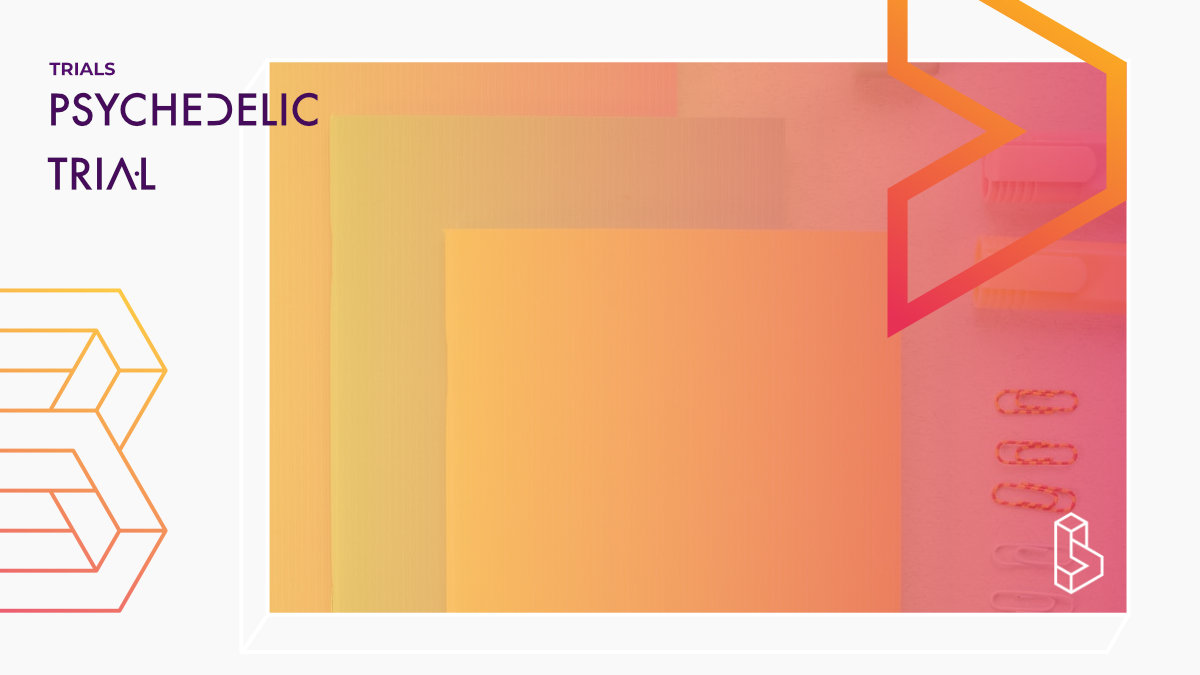The purpose of this study is to examine the effectiveness of a single infusion of ketamine (KET), to determine which dose is optimal 7 days after infusion using Bayesian Adaptive Randomization, and to learn about how ketamine works in the body and brain in persons with late-life treatment-resistant depression.
Country United States of America
Visit trial
Trial Details
Trial Number
Sponsors & Collaborators
Mayo ClinicThis company doesn't have a full profile yet, it is linked to a clinical trial.
Measures Used
Montgomery-Asberg Depression Rating ScaleA ten-item diagnostic questionnaire used to measure the severity of depressive symptoms in patients with mood disorders.

